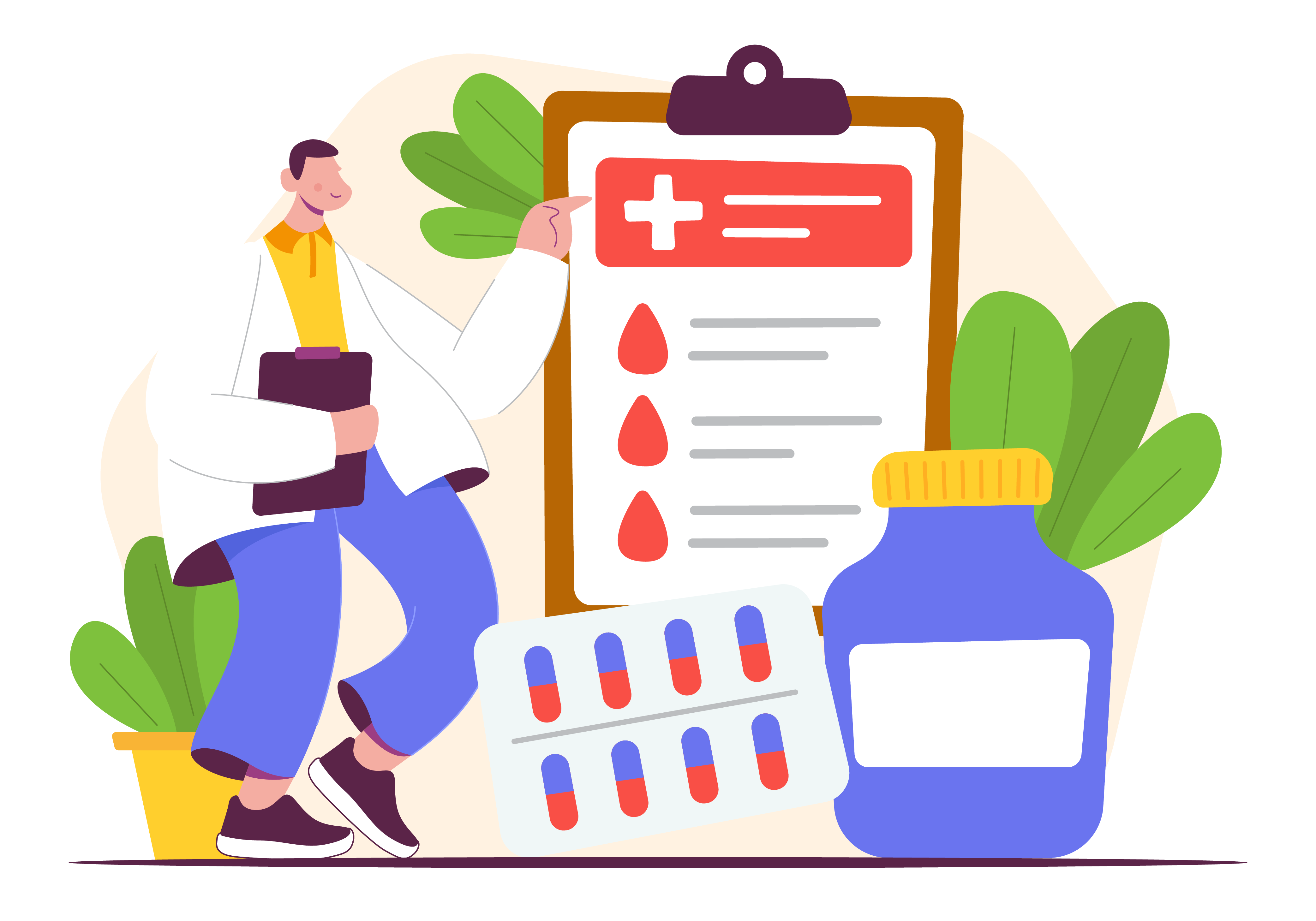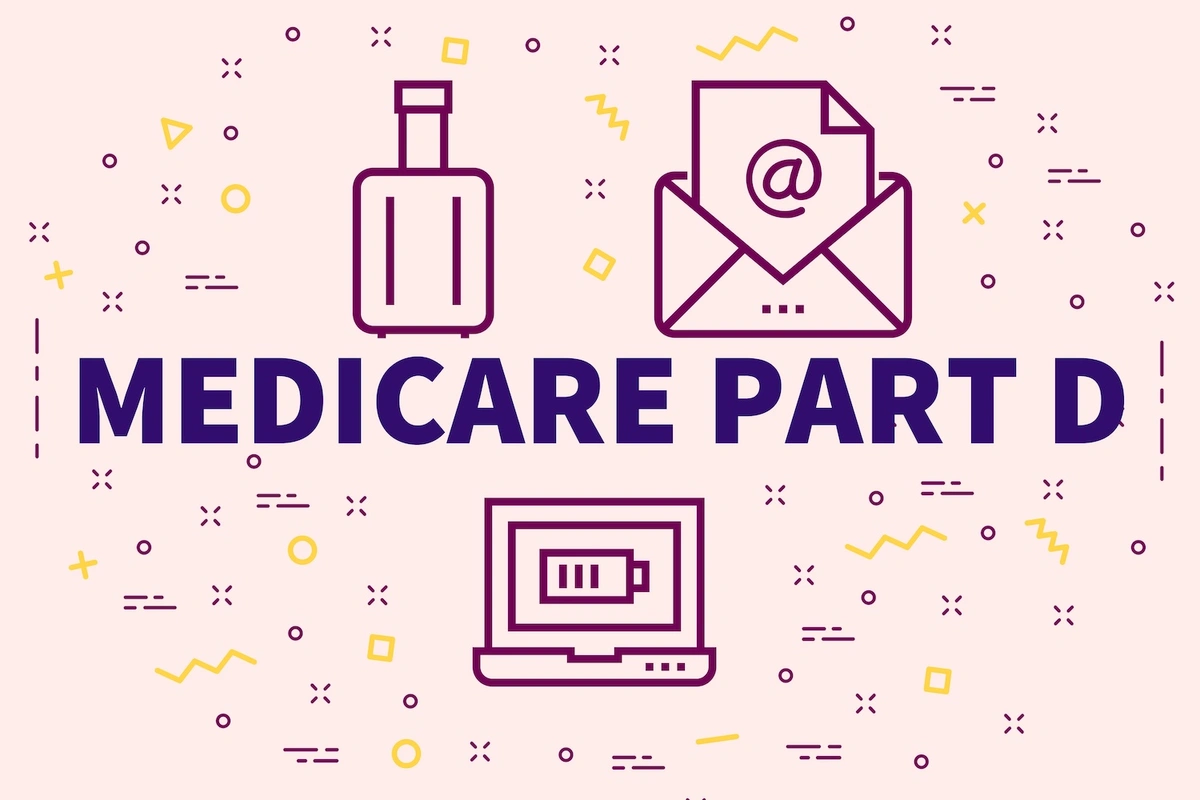
Medicare Part D Explained
New and long-time Medicare beneficiaries are often baffled by their prescription drug coverage. Part D plans can be difficult to understand at first, but with some foundational knowledge about how these plans work, you can make sure you’re getting your prescription drugs at the most affordable prices.
Today, we’ll review what Part D is, how the plans work, when you can enroll, and how to avoid penalties.
What Is Medicare Part D?
Part D is the part of Medicare that provides prescription drug coverage to beneficiaries. Private insurance companies sell these plans with oversight and regulation by the Centers for Medicare and Medicaid Services (CMS). Insurance companies must follow certain guidelines set by (and updated by) CMS every year.
All Medicare beneficiaries are either enrolled in Original Medicare (with or without a Medicare Supplement) or Medicare Advantage. If you are enrolled in Original Medicare (meaning Part A and Part B), you can enroll in a stand-alone Part D plan. Those enrolled in a Medicare Advantage plan often have prescription drug coverage included as part of that plan. If it’s not included, you might be able to enroll in a separate policy. However, if you have a Medicare Advantage PPO or HMO plan that does not include drug coverage, you are not allowed to have a separate Part D policy.
How Does Part D Work?
Several aspects go into Part D plans: a drug formulary, drug tiers, coverage phases, and pharmacy networks. Let’s take a closer look at each one.
Drug Formularies
A drug formulary is the list of prescriptions covered under the specific plan. CMS requires all Part D plans to include at least one medication to treat the following conditions:
- Anticonvulsants (for seizures)
- Antidepressants (for depression)
- Antineoplastics (to inhibit cancer growth)
- Antipsychotics (for mental health disorders)
- Antiretrovirals (for HIV/Aids)
- Immunosuppressants (for organ transplants)
Most drug formularies also include vaccines that aren’t already covered by Part B. For example, the shingles vaccine is covered under most Part D plans.
You will not find coverage for over-the-counter or cosmetic medications, like those for weight loss, fertility, hair growth, cough and cold medications, etc.
Drug Tiers
Within the drug formulary, each medication is then categorized into a tier. Plans usually have between four and five tiers and can independently choose how to categorize medications. A common drug tier structure is as follows:
- Tier 1: Preferred Generic
- Tier 2: Generic
- Tier 3: Preferred Brand Name
- Tier 4: Non-Preferred
- Tier 5: Specialty
As you may have guessed, prescriptions that fall into lower tiers are less expensive than those that fall into higher tiers.
Coverage Phases
Your coinsurance or copayment amount will depend on the four phases of coverage you’re currently in. Not everyone will enter all four phases of coverage within the calendar year.
- Deductible Phase: During this phase, your deductible has not been met, so you’ll pay more for your prescriptions. However, most plans waive the deductible for drug refills within the first two tiers of the drug formulary.
- Initial Coverage Phase: You’ll enter this second phase once you’ve met your deductible. CMS sets the standard deductible each year. Plans can choose to use the standard amount or offer a lower deductible.
- Coverage Gap: This is also referred to as the Medicare donut hole. This is the part that can get a little tricky. When you enter the coverage gap, you’ll pay more for your prescriptions - up to 25% of their cost. The coverage gap begins when you and your plan have spent a set amount for the year. CMS sets this threshold each year.
- Catastrophic Coverage: Luckily, there is another side to the donut hole. After you’ve spent a certain amount for covered medications, you’ll enter catastrophic coverage. During this final phase of coverage, you’ll pay small coinsurance costs for your refills for the rest of the year.
Pharmacy Networks
Pharmacies can either be preferred, standard, or out-of-network. A preferred pharmacy will give you the best pricing and the lowest out-of-pocket cost. You’ll have no coverage at an out-of-network pharmacy, except in very special circumstances.
In addition, many plans offer mail-order refills. You should check the pricing on mail-order options as they may offer even lower coinsurance costs to you.
Part D Enrollment Periods
You are first eligible to enroll in Part D during your Initial Enrollment Period, which is a 7-month window around your 65th birthday. You may choose to delay your enrollment, but you should only do so if you have other credible coverage.
What is credible coverage? For your current drug coverage to be deemed “credible,” it must meet certain criteria. If it does not meet these criteria and you go more than 63 days without coverage, you’ll be charged a late-enrollment penalty.
Outside of your IEP, the most important enrollment period for all Medicare beneficiaries is the Annual Enrollment Period (AEP). AEP extends from October 15 to December 7 each year. During this time, you can switch your Part D plan. Changes you make will go into effect on January 1 of the upcoming year.
AEP is so important because Part D plans are constantly changing. First, your current plan might change. It could change its premium, drug formulary, or pharmacy network. A prescription you’ve been taking may not be on the new formulary. This could result in a significant change in your out-of-pocket costs. Second, even if your plan doesn’t change anything, new plans are constantly entering the market. You may find a new plan that offers you even better coverage than your current one.
And, of course, your medication list could change over the course of the year. AEP is not something you want to ignore. Reviewing your plan just takes a few minutes and could save you a lot of money.
If you have questions about your current drug plan or want to enroll in Part D, call one of our Local Medicare Specialists. We have licensed insurance agents who know the plans specific to your area. After asking you a few questions, we’ll make plan recommendations based on your coverage needs.
Still Have Medicare Questions?
Schedule a FREE Medicare plan consultation with an agent in your neighborhood.
Privacy and Security: Your privacy and security are extremely important to us. Your personal information is protected by our Privacy Policy
LocalMedicareSpecialists.com is privately owned and operated by LMS Insurance LLC. LocalMedicareSpecialists.com is a non-government resource for those who depend on Medicare, providing Medicare information in a simple and straightforward way.
We do not offer every plan available in your area. Currently we represent 11 organizations which offer 173 products in your area. Please contact Medicare.gov, 1-800-MEDICARE, or your local State Health Insurance Program (SHIP) to get information on all of your options.
